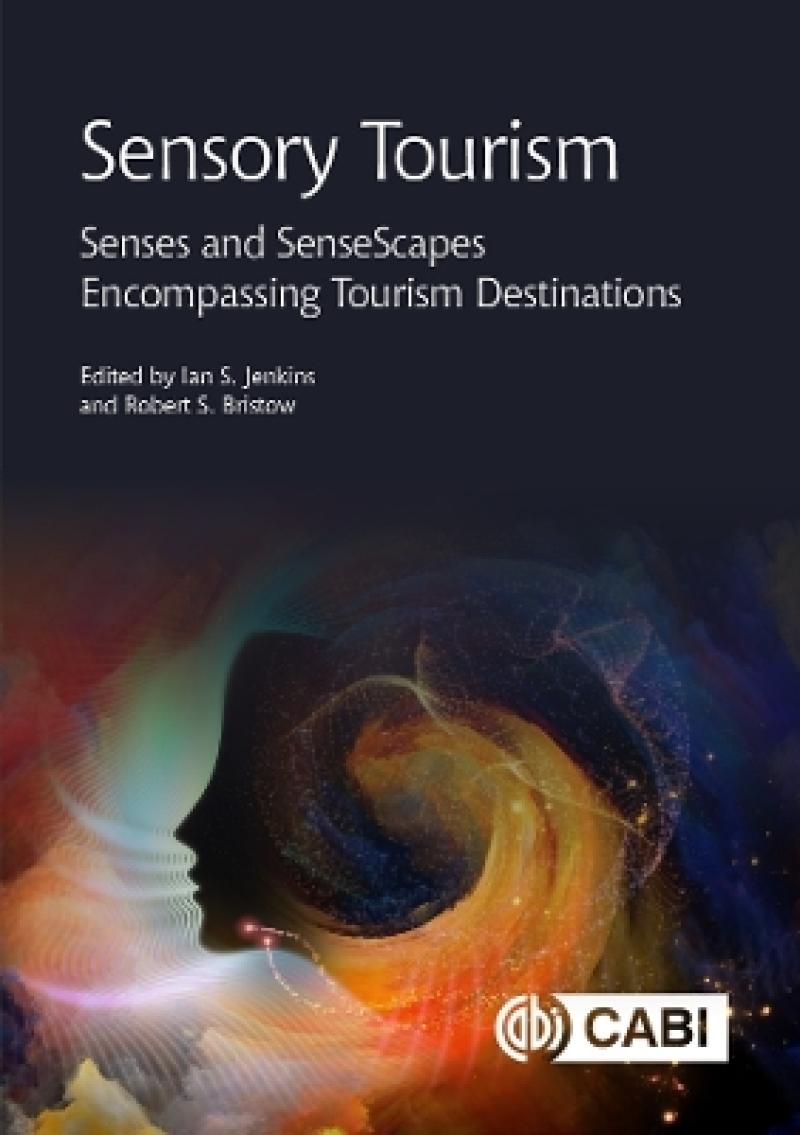Tourism offers countless global locations, providing a multitude of sensory experiences. These include commercialised tourism products such as saunas and floatation tanks through to natural phenomenon such as mountains and wilderness destinations. Consequently, sensory elements are a curious concept within tourism because every destination provides a sensory experience of one kind or another. The first of its kind, this book examines holidays and tourism through sensory perceptions which either encourage or deter consumers. It studies sensoryscapes and how they effect and affect tourism at destinations and be linked with the development of tourist niches, reflecting the segmenting of the mass market tourism into smaller segments. Finally, it reflects on how with increased urbanisation there a growing need is to find quiet spaces, free from urban or anthropogenic noise, such as silent retreats and dark sky meditation holidays. Escape has always been one of the main components of tourism development together with attraction to spatial locations that match tourists' needs. Structed to address each of the senses separately, this book provides a: · wide range of case studies from interdisciplinary backgrounds · links amongst common themes across the various threads of research on sensory experiences · theoretical framework and practical application for sensory tourism. It will be of interest to those studying tourism management as well as wider social science disciplines.
Les mer
Until now the notion of sensory perception and its link to the holiday experience has not been studied in any depth. This book explores aspects of the senses both through a theoretical framework as well as the more practical aspects of the tourist product, it evaluates the experience of the whole tourist package or journey engaged in the senses.
Les mer
Introduction:: Foundational aspects of sense in tourism Chapter 1: Music Festival Soundscape as a Tourist Allure The case of Tomorrowland Chapter 2: Sound and Sound Interactions in Outdoor Recreation and Tourism Experiences Chapter 3: Urban Soundscapes for Tourists, with a Focus on Skyscrapers Chapter 4: Soundscapes and Sonic Emissions in National Parks Chapter 5: The Sensescapes of Drones in Tourism Chapter 6: ‘Looking Up’: Exploring Night Skies and Astro-Tourist Sensory Experiences Chapter 7: Sensory Tourism: Senses and SenseScapes Encompassing Tourism Destinations Chapter 8: ‘More than a meal’: Sensescapes in narratives of a destination restaurant tasting experience Chapter 9: Edible heritage: the use of food and foodways in multisensory museum encounters Chapter 10: Gastronomic pleasure in an Atlantic Spanish tourist destination: the region of Galicia Chapter 11: Gustatory Experiences and Its Interaction with Other Senses: Savouring the Destination and its Relevance in Food Tourism Chapter 12: Smellscapes of Provence Chapter 13: Animal touch: Cuteness, tactility and wellbeing in Japan Chapter 14: Multisensory Experience in the Context of Melaka World Heritage Site, Malaysia Chapter 15: Exploring the Transformative Role of Touch in The Touristic Experience: The Case of Japanese Thermal Philosophy in Ourense's Thermal Facilities Chapter 16: Bioception Interoceptive Sense: the missing link between biophilia, tourism and wellbeing Chapter 17: Sensory Tourism: Preliminary contributions from the Neurosciences Chapter 18: Echoes of Tranquillity: The Silent Appeal of New Zealand's National Parks in Tourism Research Chapter 19: The sixth of the senses and sensory tourism: proprioception and tourists’ search for the authentic self Chapter 20: Using Astro-cartography as a tool for determining travel choice Chapter 21: Dark Tourism in New Orleans Conclusion: Conclusion
Les mer
Tourism offers countless global locations, providing a multitude of sensory experiences. These include commercialised tourism products such as saunas and floatation tanks through to natural phenomenon such as mountains and wilderness destinations. Consequently, sensory elements are a curious concept within tourism because every destination provides a sensory experience of one kind or another. The first of its kind, this book examines holidays and tourism through sensory perceptions which either encourage or deter consumers. It studies sensoryscapes and how they effect and affect tourism at destinations and be linked with the development of tourist niches, reflecting the segmenting of the mass market tourism into smaller segments. Finally, it reflects on how with increased urbanisation there a growing need is to find quiet spaces, free from urban or anthropogenic noise, such as silent retreats and dark sky meditation holidays. Escape has always been one of the main components of tourism development together with attraction to spatial locations that match tourists' needs. Structed to address each of the senses separately, this book provides a: · wide range of case studies from interdisciplinary backgrounds · links amongst common themes across the various threads of research on sensory experiences · theoretical framework and practical application for sensory tourism. It will be of interest to those studying tourism management as well as wider social science disciplines.
Les mer
Researchers and students studying tourism management as well as those within social science interested in the concept of sensory perception.
Produktdetaljer
ISBN
9781800623583
Publisert
2024-11-13
Utgiver
Vendor
CABI Publishing
Høyde
244 mm
Bredde
172 mm
Aldersnivå
U, P, G, 05, 06, 01
Språk
Product language
Engelsk
Format
Product format
Innbundet
Antall sider
320
Contributions by

